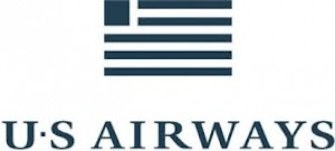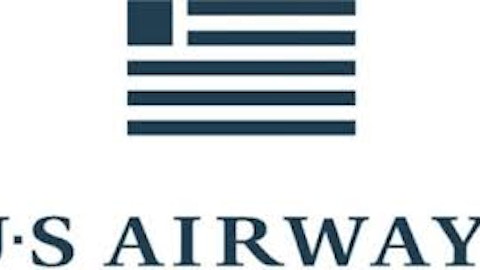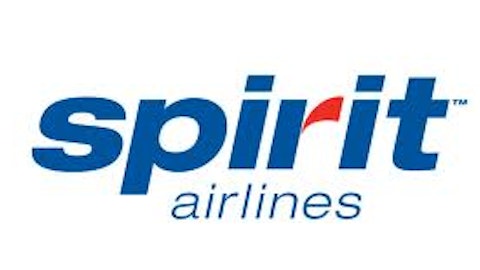
This doesn’t sound like the best scenario for travelers — less competitive pressure could mean higher prices for tickets and reduced availability. From the perspective of investors, however, this may be an interesting time to start considering a long position in airline stocks.
Fasten Your Seatbelts
Airlines have been one of the worse sectors to invest in over the last three decades; they have been facing serious problems since Jimmy Carter passed the airline deregulation act back in 1978. Until then, the Civil Aeronautics Board, the federal agency that was in charge of regulating aviation, determined what fares airlines were allowed to offer and which routes they were allowed to fly. This produced a comfortable situation for the companies since they didn’t have to compete against each other that much, and profitability was aplenty back then.
Then came deregulation, market participants started expanding their routes, new players entered the industry and flying fares went on a long and steady decline. Inflation-adjusted yields – the price in cents a passenger pays to fly one mile – have fallen by more than 2% per year since 1978, according to the Air Transportation Association.
The industry wasn’t well repaired for falling prices, and losses have been tremendous over the last 30 years; according to The Financial Times the airline industry as a whole has lost a cumulative sum of $33 billion over its history.
Sir Adam Thomson, founder and chairman of British Caledonian, expressed it in a very eloquent phrase:
“A recession is when you have to tighten your belt; depression is when you have no belt to tighten. When you’ve lost your trousers, you’re in the airline business.”
Under such a terrible scenario for companies and their shareholders, the industry has been cleansing itself through time. Many players gave gone out of business and formerly powerful unions have been adapting to a reality in which having to accept lower salaries and benefits is a better option than losing their jobs.
Industry consolidation has been the norm over the last years: the Delta-Northwest, United Continental Holdings Inc (NYSE:UAL), and Southwest-AirTran LUV mergers came before the one between American and US Airways Group, Inc. (NYSE:LCC)
Is the Sky Clear?
It’s far too early to tell if the worst is over for the airline sector. The four big players have achieved considerable market participation when seen as a group, but profit margins are still uninspiring for an industry with big capital requirements, high fixed costs and heavy cyclical exposure.

There is not much room to raise prices in the airline business: competition is still relatively strong and customers are very price sensitive. There is some room for cost reductions, though, probably by reducing excess capacity. Both US Airways Group, Inc. (NYSE:LCC) and American fly six times a day each from Philadelphia to Dallas, but the combined company will probably have less than 12 daily flights making that route.
Fewer flights with higher occupation should have a positive effect on profit margins. Plane occupation is a key variable in the industry; since most of the costs of a flight are unrelated to the amount of passengers on the plane, one more passenger on board means more revenue with almost no cost increase. That’s why airlines make their best effort to ensure they operate with high levels of occupation.
Consolidation is no panacea, but over time it should help when it comes to reducing excess capacity and keeping costs under control. The sector is so plagued with negativity that we could expect expansion projects and new possible entrants to remain subdued for some time, unless until there are some clear signs of improvement in the industry.
The same goes for the stocks in the sector, except for Southwest, which trades at a well-deserved premium thanks to its superior profitability track record. The rest of the group is trading at forward P/E ratios in the area of 5. These valuations reflect the industry’s economic hurdles, but this also means that these airline stocks offer big upside potential if things start turning for the better in the middle term.

Bottom Line
The airline industry, as tough as it is, seems to be moving in the right direction when it comes to reducing excess capacity and increasing profitability. It’s still too early to tell if this consolidation will deliver the results expected by investors, but upside potential under such scenario could be quite big. As they try to finally takeoff after three decades of lackluster returns, airline stocks are worth watching.
The article Ready for Takeoff? originally appeared on Fool.com and is written by Andrés Cardenal.
Copyright © 1995 – 2013 The Motley Fool, LLC. All rights reserved. The Motley Fool has a disclosure policy.



